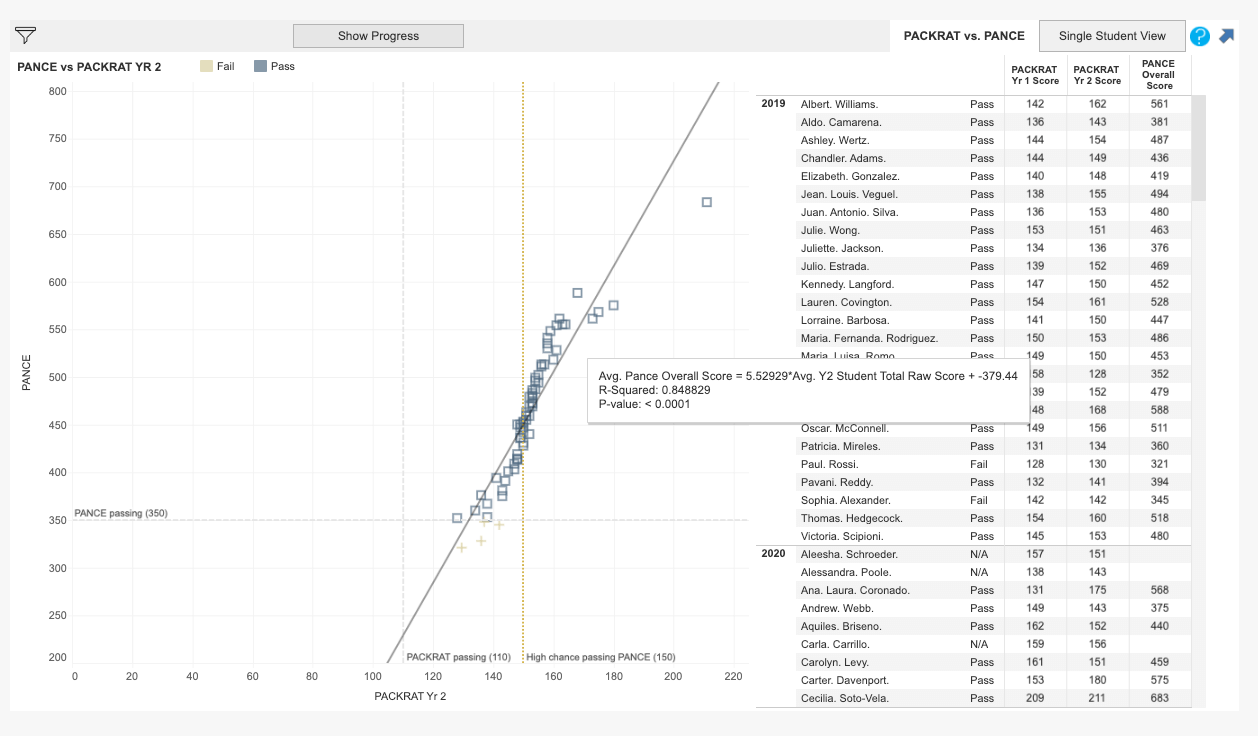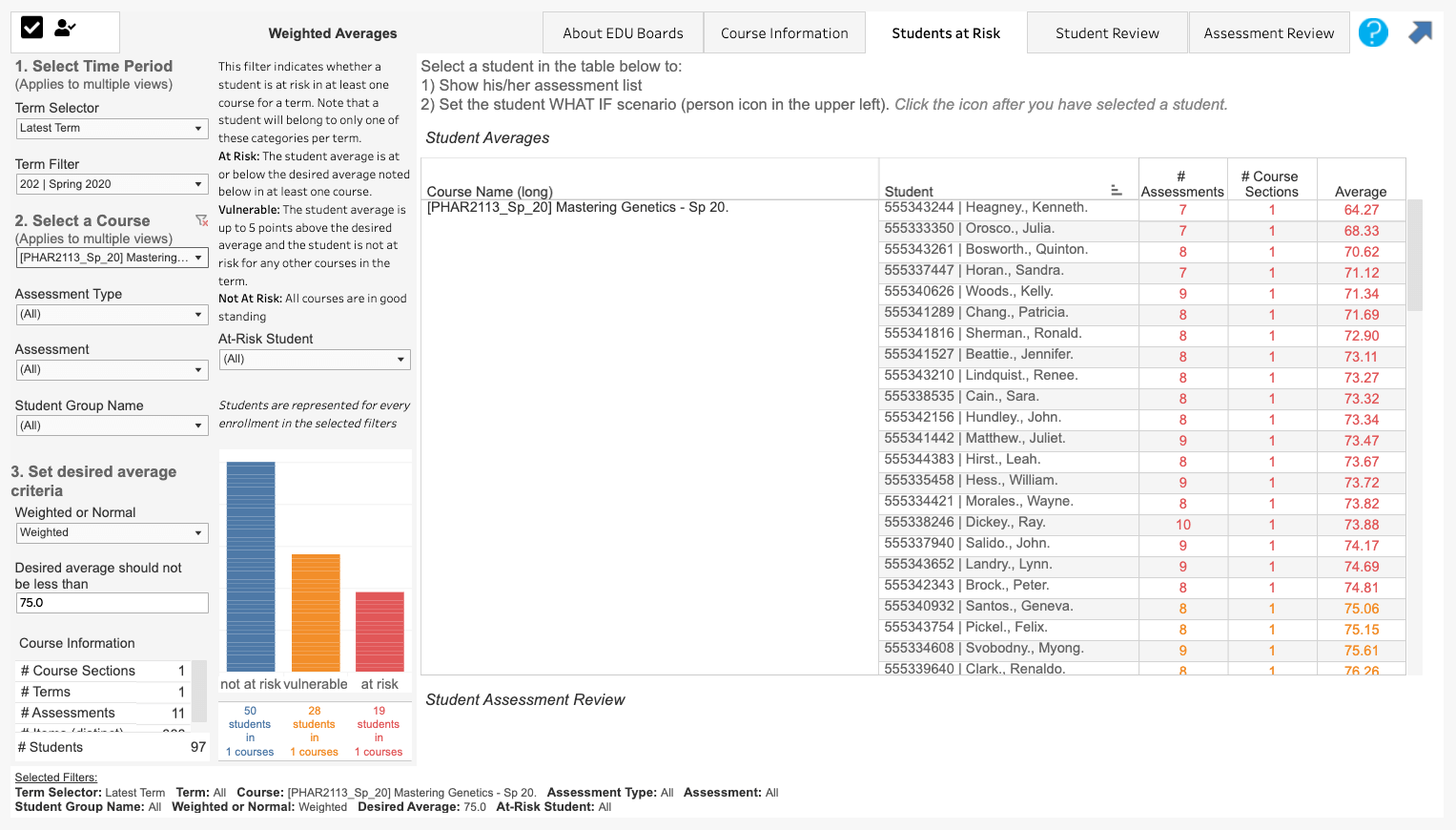
Using Predictive Analytics Solutions to Improve Student Retention in Higher Education
Financial concerns, academic difficulties, and a lack of engagement with campus life are the primary reasons behind college dropouts, according to a survey conducted by the Higher Education Research Institute. To address these challenges and improve student retention rates, higher education institutions are turning to predictive analytics solutions. By analyzing demographic data, academic performance metrics, and engagement patterns, institutions can identify at-risk students and intervene with targeted strategies. Predictive analytics in higher education empowers institutions to proactively support students, promoting persistence and success. In this article, we explore the benefits of utilizing predictive analytics solutions to enhance student retention in higher education and provide practical advice for implementation.
Driving Retention and Student Success in Higher Education through Predictive Analytics Solutions
Utilizing predictive analytics solutions for student retention in higher education yields numerous benefits. Institutions can better support students with the potential for academic risk by identifying key indicators of success and providing structure for students to develop those skills and traits. This approach benefits both students and institutions, leading to improved graduation rates, enhanced institutional reputation, and increased tuition revenue.
Once identified, at-risk students can receive targeted support tailored to their specific needs, such as academic support, mentoring, or counseling. Employing predictive analytics models to drive student remediation empowers educators to go beyond exam scores and focus on the specific content areas where students are struggling, optimizing their study time and promoting mastery of challenging concepts. This process can even have a positive impact on students before they receive a single failing grade! For example, if a student like Jane Doe is in a human anatomy course and scores a 78% on an exam, she may not be failing, but she certainly is struggling in a given content area. Using predictive analytics tools can help educators identify that Jane is struggling with identifying nerves, while being quite proficient in the musculoskeletal system. Therefore, Jane’s instructors/mentors can direct her to resources specific to the nervous system instead of simply telling Jane to study all content in her anatomy course more.

Predicting PANCE scores and identifying students at risk through an evaluation of PACKRAT scores within Enflux dashboards
Predictive analytics solution in higher education offers student performance dashboards that provide visualizations and data reports for monitoring student retention metrics. These dashboards enable institutions to track overall retention rates, retention rates by program, and retention rates by demographic group. By identifying areas with lower retention rates, institutions can develop targeted interventions to improve outcomes.
Furthermore, institutions can leverage data analytics to evaluate the effectiveness of interventions. By tracking the outcomes of different strategies, institutions can identify the most successful approaches and adjust their practices accordingly. This data-driven approach empowers institutions to continuously improve their retention programs and make informed decisions regarding the allocation of technology funds. Additionally, staying abreast of the effectiveness of educational technology tools enables institutions to adapt and invest in the most impactful resources for retention and student success.
Predicting Students at Risk: Implementing Effective Strategies for Improved Retention
Having explored the power of predictive analytics solutions in driving retention and student success in higher education, let’s now delve into practical tips for institutions to develop predictive models and implement predictive analytics in education effectively. By following these strategies, institutions can leverage data-driven insights to identify at-risk students and take proactive measures to improve retention:
1. Define the relevant risk factors: Start by identifying the risk factors that are most pertinent to your student population. These can include demographic data, academic performance metrics, and engagement data. By pinpointing the key risk factors, institutions can tailor their predictive analytics models to address the specific needs of their students.
2. Collect and analyze data: Once the risk factors have been identified, institutions need to collect and analyze the data. This can include data from a variety of sources, such as student records, learning management systems, and student surveys. Leverage data analytics tools to identify patterns and trends that may indicate students at risk of dropping out. Thorough analysis of the data provides a foundation for accurate predictive analytics in higher education.
3. Identify key predictors: Once data has been collected, institutions need to determine key predictors of student success and develop a predictive model. This may encompass variables like attendance, grades, engagement levels, and demographic information. Employ student performance and course dashboards to detect patterns and trends, ultimately developing a risk score for each student. Institutions can then use the risk score to identify which students are most at risk of dropping out.

Overview of students at risk within student performance and course metrics dashboard by Enflux
4. Develop intervention strategies: Once at-risk students have been identified, institutions can use their data to make actionable improvements through targeted intervention strategies that can help students succeed. This can include academic advising, financial aid, mentorship programs, or mental health counseling. By providing targeted interventions, institutions can help at-risk students overcome the challenges they are facing and improve their chances of success.
5. Monitor and evaluate progress: Once interventions have been implemented, it is important to monitor and evaluate their effectiveness. By tracking the outcomes of different interventions, institutions can determine which strategies are most effective and adjust their practices accordingly. Utilize data analytics to gain insights and refine practices based on empirical evidence.
6. Utilize technology for efficiency: Finally, institutions can use technology to streamline the process of predictive analytics in higher education. This can include using comprehensive data analytics solution like Enflux, which provides off-the-shelf and customizable dashboards to monitor student and program academic performance, student outcomes, and across various programs and schools.
One of the key advantages of predictive analytics solutions for higher education, such as Enflux’s customizable dashboards, is its ability to align with the unique characteristics of an institution’s student population and learning objectives of courses and academic programs. By leveraging these tools, institutions can customize their predictive analytics models to encompass the risk factors that hold the most relevance for their students, resulting in more accurate and effective predictions.
Empowering Institutions for Retention and Student Success through Predictive Analytics in Higher Education
Predictive analytics solution offers valuable support to higher education institutions aiming to enhance student retention rates. By following the strategies discussed earlier and leveraging the capabilities of data analytics, institutions can take proactive measures to identify at-risk students and implement focused interventions that lead to improved outcomes and operational efficiency. The utilization of predictive analytics in forecasting student success creates an environment that fosters academic accomplishments, drives overall positive results for all students and helps educators provide timely advising and support. By integrating a predictive analytics solution, institutions can unlock the catalyst that propels them towards achieving their institutional objectives of fostering student retention and success.
